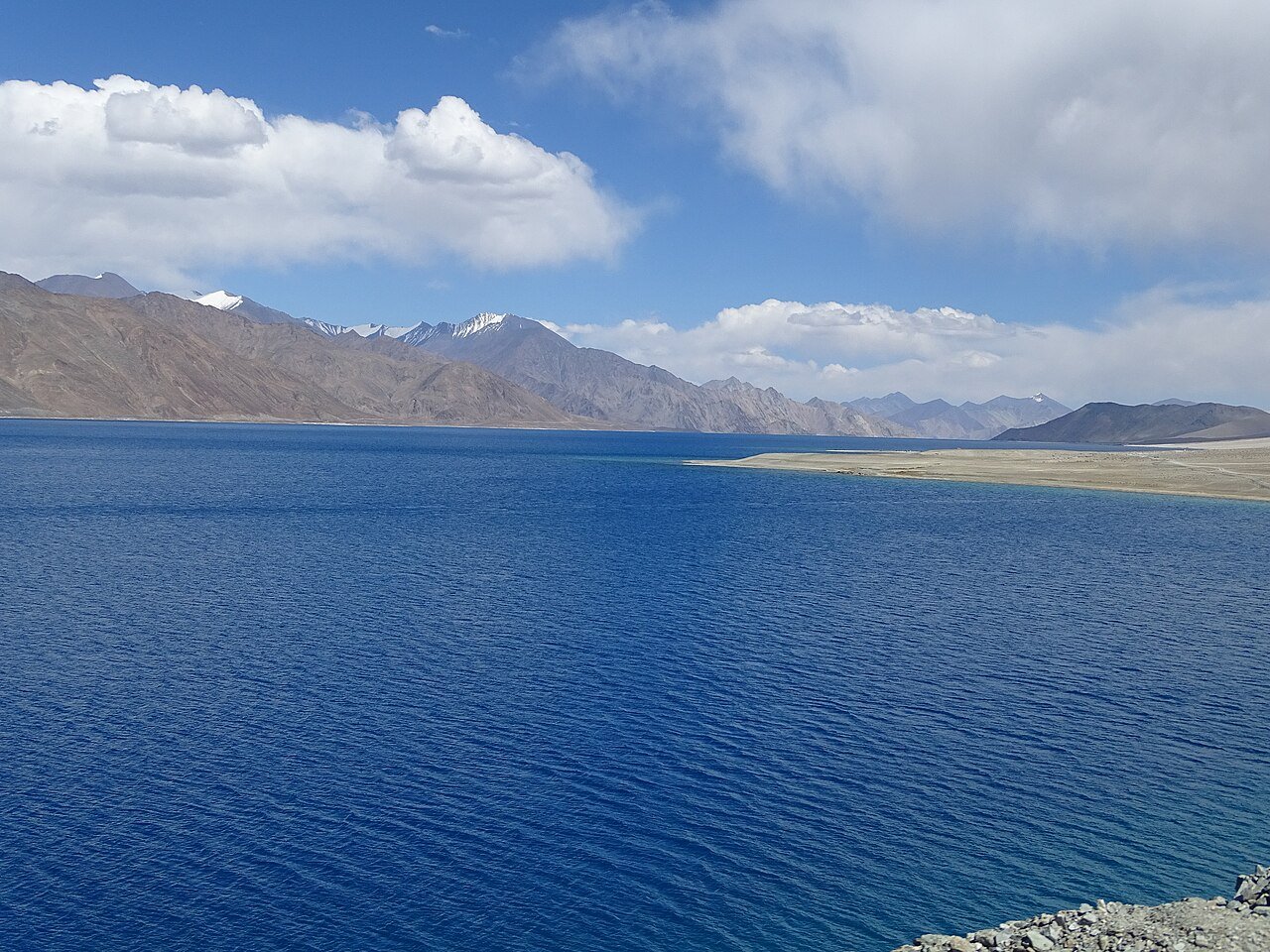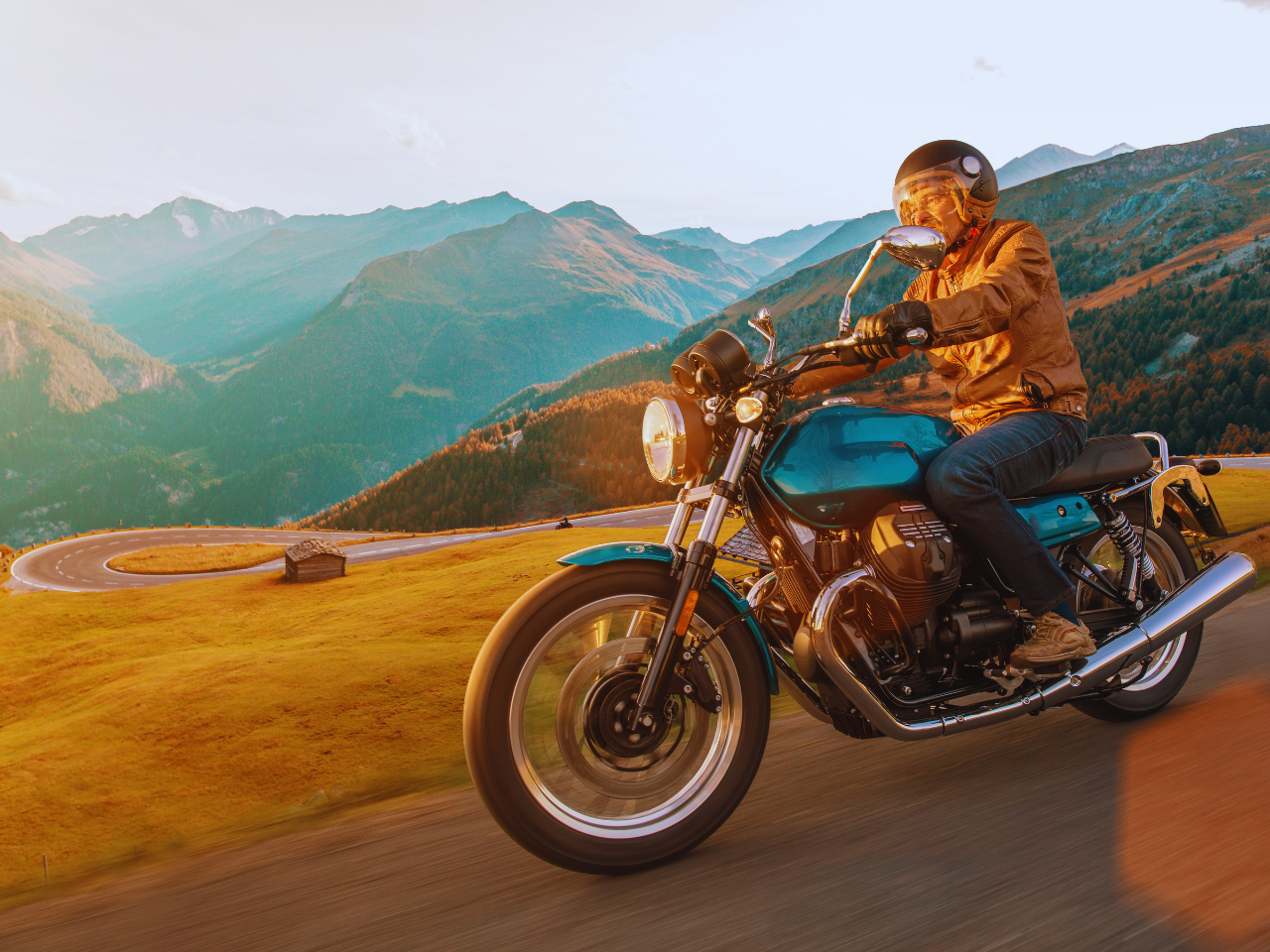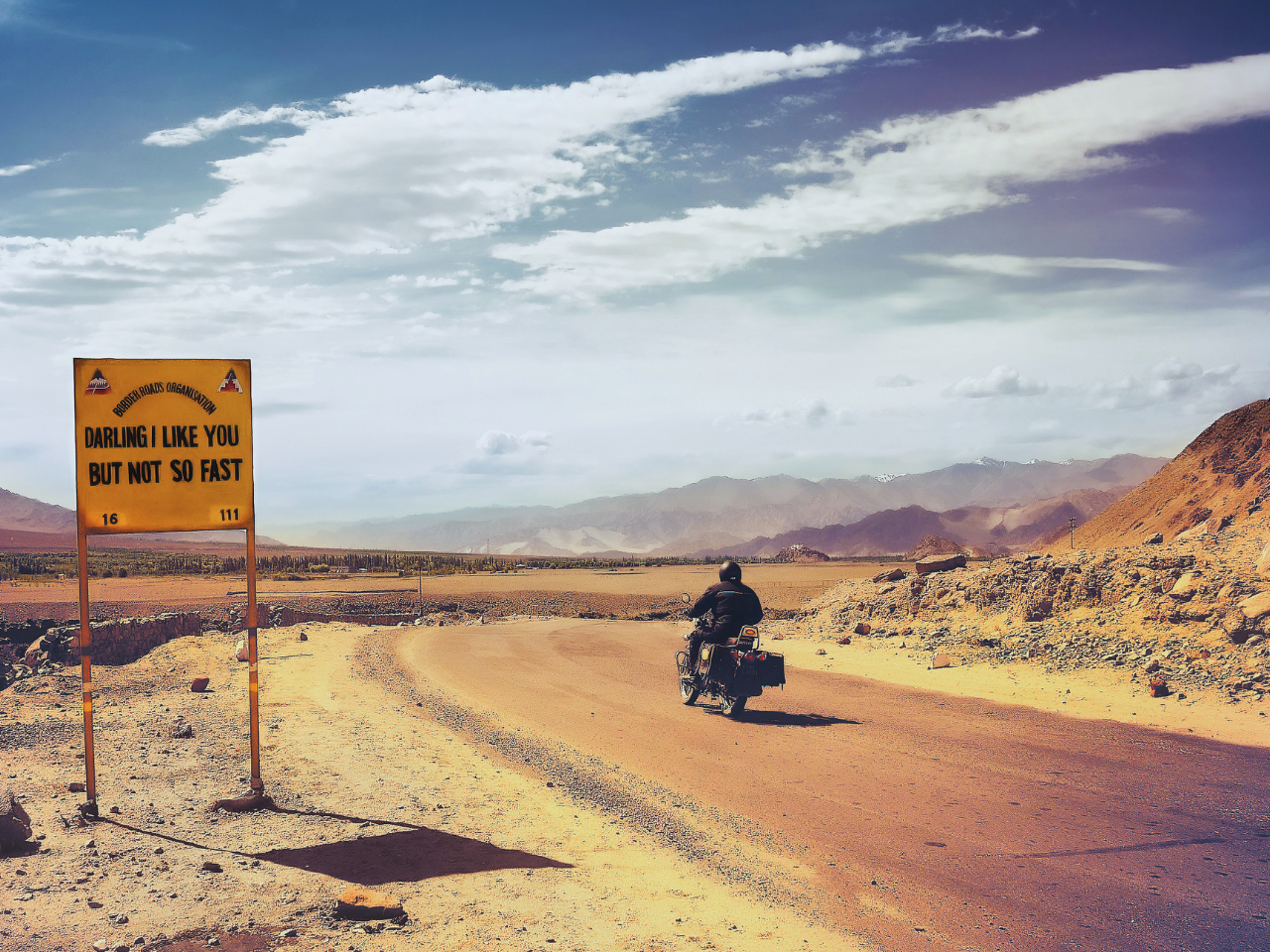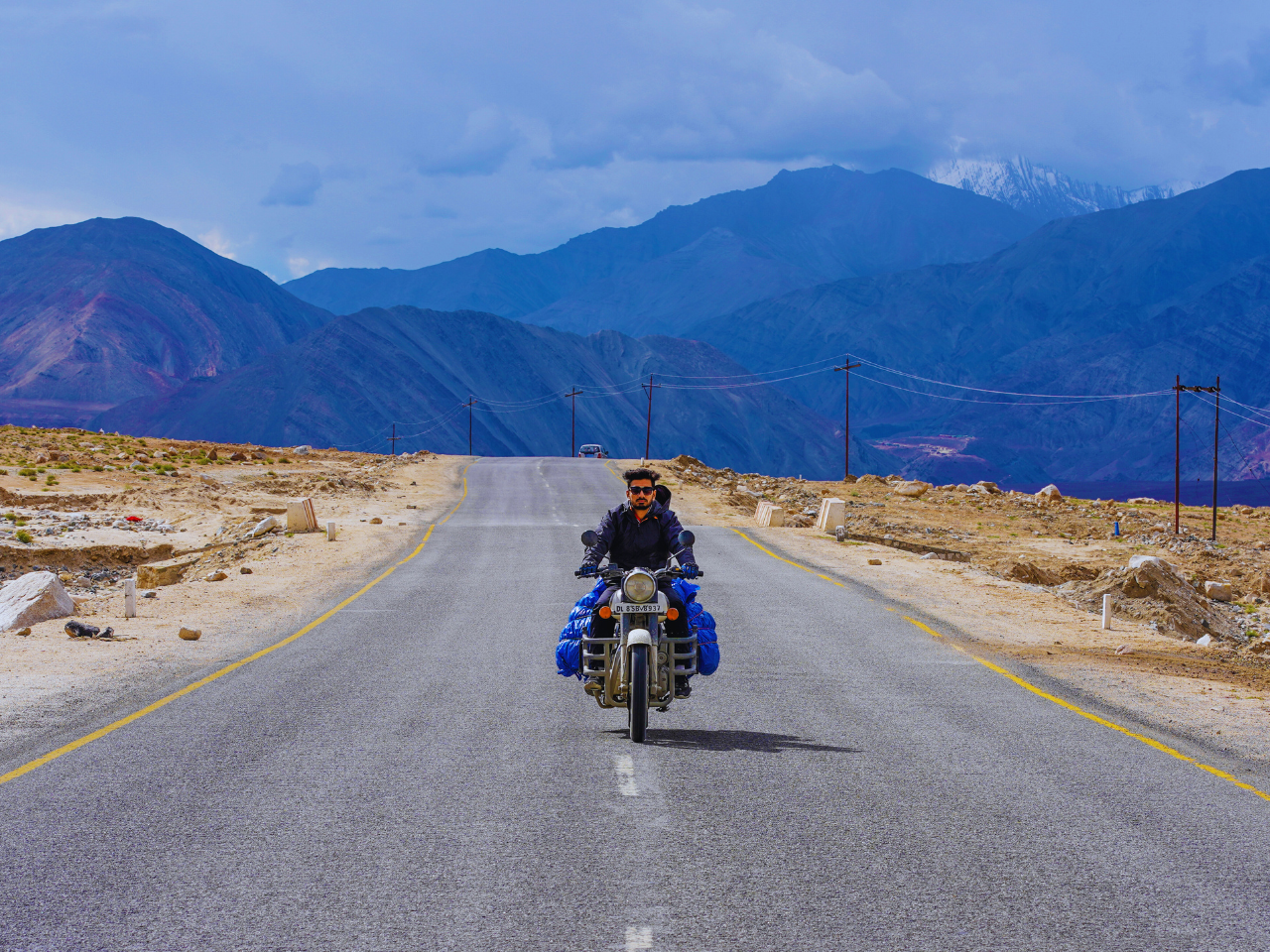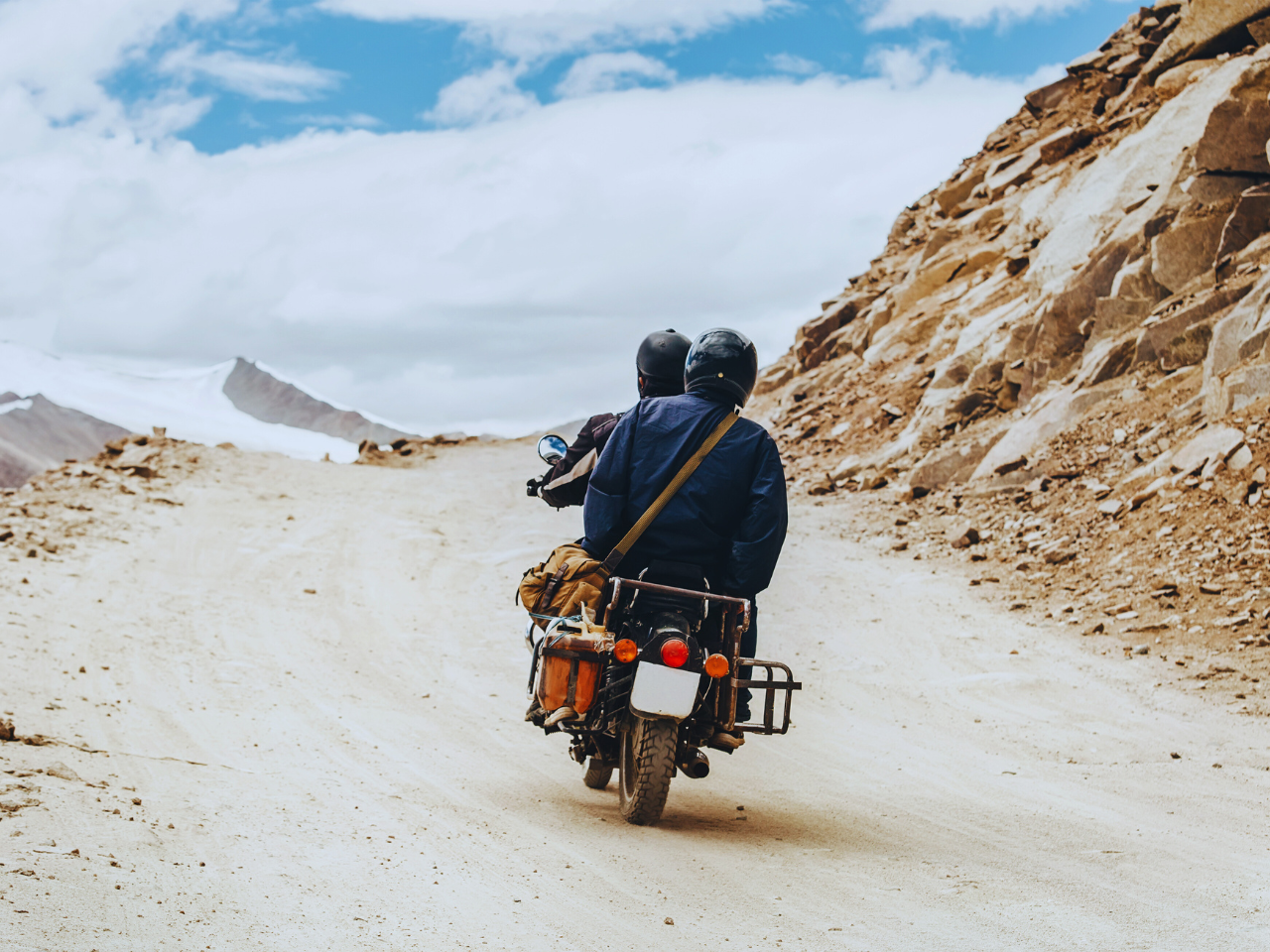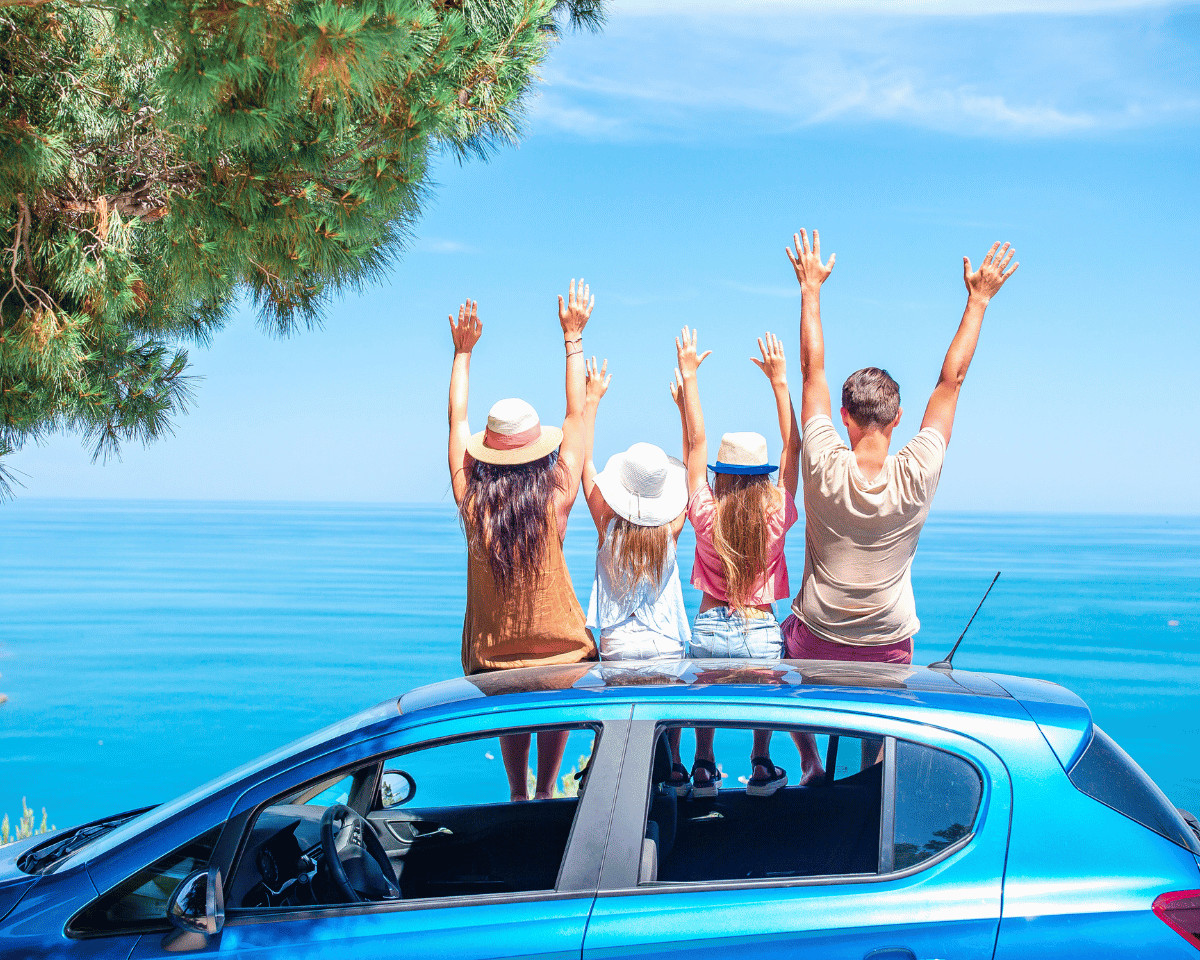How To Reach Pangong Lake
How To Reach Pangong Tso
Pangong Tso, a high-altitude lake nestled amidst the majestic Himalayas, draws travelers with its captivating beauty, serene atmosphere, and ever-changing colors. However, reaching this remote wonder requires careful planning and an understanding of the different routes and travel options available. This comprehensive guide equips you with all the essential information to embark on your unforgettable journey to Pangong Tso.
The Gateway to Pangong Tso – Leh
Pangong Tso itself lacks public transportation options. The first step in your adventure is reaching Leh, the capital city of Ladakh. Kushok Bakula Rinpoche Airport, the highest commercial airport in India, offers convenient connectivity to major Indian cities like Delhi, Chandigarh, Mumbai, Jammu, and Srinagar.
Travel Modes to Leh:
Air:
This is the preferred choice for most travelers due to its speed and convenience. Flights to Leh operate seasonally, typically from April to October, due to harsh winter conditions. Be prepared for slightly higher fares compared to other destinations.
Road:
For the adventurous souls, reaching Leh by road offers a thrilling journey through breathtaking landscapes. Two major highways connect Leh to the outside world:
Manali-Leh Highway: This scenic route, though challenging with its high mountain passes and unpredictable weather, is a popular choice for road trippers. However, it’s generally open only from June to September.
Srinagar-Leh Highway: This national highway offers a more manageable route, operational throughout the year. However, the journey can be longer compared to the Manali-Leh route.
Planning Your Leh Arrival:
Inner Line Permit (ILP): An Inner Line Permit is mandatory for all non-residents of Jammu and Kashmir to enter Ladakh. You can obtain an ILP online or upon arrival at Leh airport.
Acclimatization: Leh is situated at a high altitude (3500 meters). It’s crucial to spend a few days acclimatizing to the thin air before embarking on your journey to Pangong Tso. This helps to avoid altitude sickness.
Reaching Option To Pangong Tso from Leh
The distance between Leh and Pangong Tso is approximately 160 kilometers. However, the journey can take anywhere between 5 to 8 hours, depending on the road conditions, chosen route, and number of stopovers. Two main routes connect Leh to Pangong Tso, each offering a unique perspective:
1. Leh – Pangong Tso via Chang La Pass:
Distance: 160 km (one way)
Travel Time: 5-6 hours
Route: This is the most popular route, known for traversing the Chang La Pass (5,360 meters), the third highest motorable mountain pass in the world. The journey boasts breathtaking panoramas of snow-capped peaks, dramatic valleys, and stark landscapes.
Travel Tips:
Road Conditions: The road can be rough with steep climbs and sharp turns. Opt for a sturdy vehicle like a jeep or taxi, especially if traveling during monsoon season (July-September) when landslides are more frequent.
Permits: You’ll need to show copies of your ILP at check posts before crossing Chang La.
2. Leh – Pangong Tso via Durbuk and Shyok:
Distance: 210 km (one way)
Travel Time: 7-8 hours
Route: This is a less frequented route offering a more off-the-beaten-path experience. It follows the Shyok River valley and provides a glimpse into the lives of nomadic yak herders.
Travel Tips:
Less Traveled: Fewer amenities are available on this route compared to Chang La. Ensure you carry enough supplies, especially water and snacks.
Vehicle: A four-wheel drive vehicle is highly recommended due to the possibility of rough patches and unpredictable weather.
Choosing Your Travel Mode:
There are several ways to get from Leh to Pangong Tso, each with its own advantages and disadvantages. Here’s a breakdown of the most common options:
Shared Taxis: These are the most budget-friendly option. Taxis typically depart from Leh bus stand or main squares early in the morning and return in the evening. They follow the Chang La route and make stops at designated points for meals and rest.
Pros:
- Affordable
- Convenient if traveling solo or on a tight budget
Cons:
- Can be crowded and uncomfortable
- Limited legroom and storage space
- Fixed itinerary with limited flexibility
Private Taxi: Hiring a private taxi offers greater flexibility and comfort. You can negotiate the price, choose your departure time, and customize your itinerary
Pros:
- Comfortable and convenient
- Customizable itinerary
- Stops at your convenience
Cons:
- More expensive than shared taxis
- Requires bargaining skills to get a good deal
Motorbike: Renting a motorbike is a popular choice for adventurous travelers. It allows you to experience the stunning landscapes at your own pace and stop at any point that catches your eye.
Pros:
- Most adventurous and scenic way to travel
- Freedom and flexibility
Cons:
- Requires experience riding in mountainous terrain
- Can be challenging due to high altitude and unpredictable weather
- Not recommended for first-time riders
Travel Tips:
- Regardless of the chosen mode of travel, book your transportation in advance, especially during peak season (June-September) when demand is high.
- Negotiate prices for shared taxis and motorbike rentals before finalizing your arrangements.
- Ensure your vehicle is in good condition and suitable for the mountainous terrain.
- Carry necessary repair tools and spare parts for motorbikes.
Essential Considerations for a Smooth Journey:
- Weather: Pangong Tso experiences extreme weather conditions. Summers are short and pleasant (June-September) with cool nights. Winters are harsh (November-March) with temperatures dropping well below freezing and the lake freezing over. The monsoon season (July-September) can bring occasional landslides on certain routes. Plan your trip based on the weather conditions you’re comfortable with.
- Clothing: Pack layers of clothing to adapt to the changing temperatures. Thermals, a windproof jacket, and waterproof shoes are essential. Don’t forget sunglasses, a hat, and sunscreen for protection from the strong sun at high altitudes.
- Altitude Sickness: Be aware of the possibility of altitude sickness, especially if you’re not acclimatized to Leh’s high altitude. Symptoms include headache, nausea, dizziness, and shortness of breath. Ascend gradually, stay hydrated, and avoid strenuous activity for the first few days. Diamox tablets can also help with altitude acclimatization.
- Permits: Always carry a valid ILP while traveling in Ladakh. You may need to show it at check posts along the way.
- Basic Supplies: Carry a first-aid kit, medications you might need, and basic toiletries. Pack water and snacks, especially if traveling on less frequented routes with limited amenities.
Additional Tips for a Memorable Experience:
- Respect the Local Environment: Pangong Tso is a fragile ecosystem. Avoid littering and be mindful of your actions to preserve the natural beauty of the lake.
- Support Local Businesses: Opt for staying in homestays run by local families and shop at local stores to contribute to the local economy and experience authentic Ladakhi hospitality.
- Responsible Tourism: Leave no trace behind. Pack out all your trash and avoid polluting the pristine environment.
- Embrace the Unexpected: Be prepared for detours and unexpected road closures due to weather conditions. Embrace the flexibility and enjoy the journey as much as the destination.
By following these guidelines and choosing the travel mode that best suits your preferences, you can embark on an unforgettable adventure to the captivating Pangong Tso. Remember, the journey itself is an integral part of the Ladakhi experience, offering breathtaking landscapes, cultural encounters, and a chance to truly disconnect from the everyday hustle. So, pack your bags, embrace the adventure, and get ready to be mesmerized by the magic of Pangong Tso.
Best Seller Package Ladakh
Place to Visit in Ladakh
Things To Do In Ladakh
Frequently Asked Questions
Frequently Ask Questions For Ladakh
There are three ways to reach Ladakh:
- The best way to travel to Ladakh is by flight. Leh Airport is well-connected with major cities like Delhi, Jammu, Chandigarh, Srinagar, and many other places through direct and connecting flights.
- If you are traveling by road then there are two different routes lead to Ladakh – one from Srinagar and another from Manali. If you are traveling from Manali then you will cover the distance of 474 kilometers to Leh via Keylong with a night stopover. On the other hand, Srinagar to Leh will take you through Sonamarg, Drass, Kargil, Mulbekh, and Lamayuru. You will cover 434 km on this journey. All the roads remain open from May to October.
Distance Between Delhi to Ladakh 1023 kms.
The Kushok Bakula Rimpochee Airport in Leh.
Leh has four ATMs owned by Axis Bank, Jammu and Kashmir Bank, Punjab National Bank and State Bank of India.
Yes, the credit card is accepted in a few hotels and restaurants but a service tax is charged.
The Best time to visit Ladakh is during the summer season from the month of April to July during this time Ladakh temperature is between 15 to 30 Degree Celsius.
Leh is known for its stunning scenic locales, Buddhist temples and pristine environment.
Leh is the district headquarters of Ladakh and its main town. It is a quaint town and has a very cosmopolitan vibe to it. The markets are quite colourful and full of life.
Is Ladakh safe to visit?Ladakh, in general, is considered relatively safe for travelers, including women.


